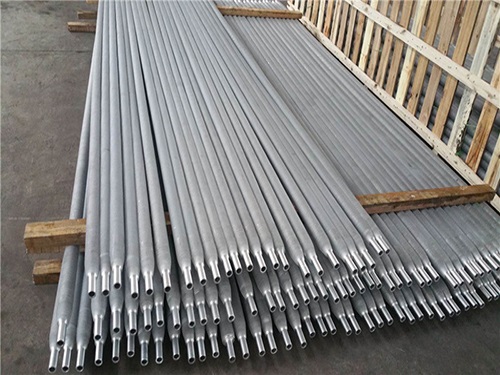What is Mono-aluminum finned tubes?
Mono-aluminum finned tubes is one piece extruded finned tubes, without any inner tubes. Mono-aluminum finned tubes are rolled from aluminum tubes as a whole.
Mono-aluminum finned tubes usages
Mono-aluminum finned tubes use for specific application such viscous fluid cooling, heat recovery with heat pipes or for application where weight might be an issue (very light heat exchanger with full aluminum construction).
Specifications for Mono-aluminum finned tubes
Base Tube Material | Material Grade | Tube Length (mm) | Fin length (mm) | Fin Tube Quantity (Pc) |
Aluminum Tube | Al 1060; Al 6063 | ≤10000 | ≤10000 | TBD |
Base Tube O.D (mm) | Base Tube Thickness (mm) | Fin Height (mm) | Fin Thickness (mm) | Fin Pitch |
10 - 38 | 1.2-3.2 | ≤9.5 | 0.4 | 197 to 433 FPM |

Comments
Post a Comment